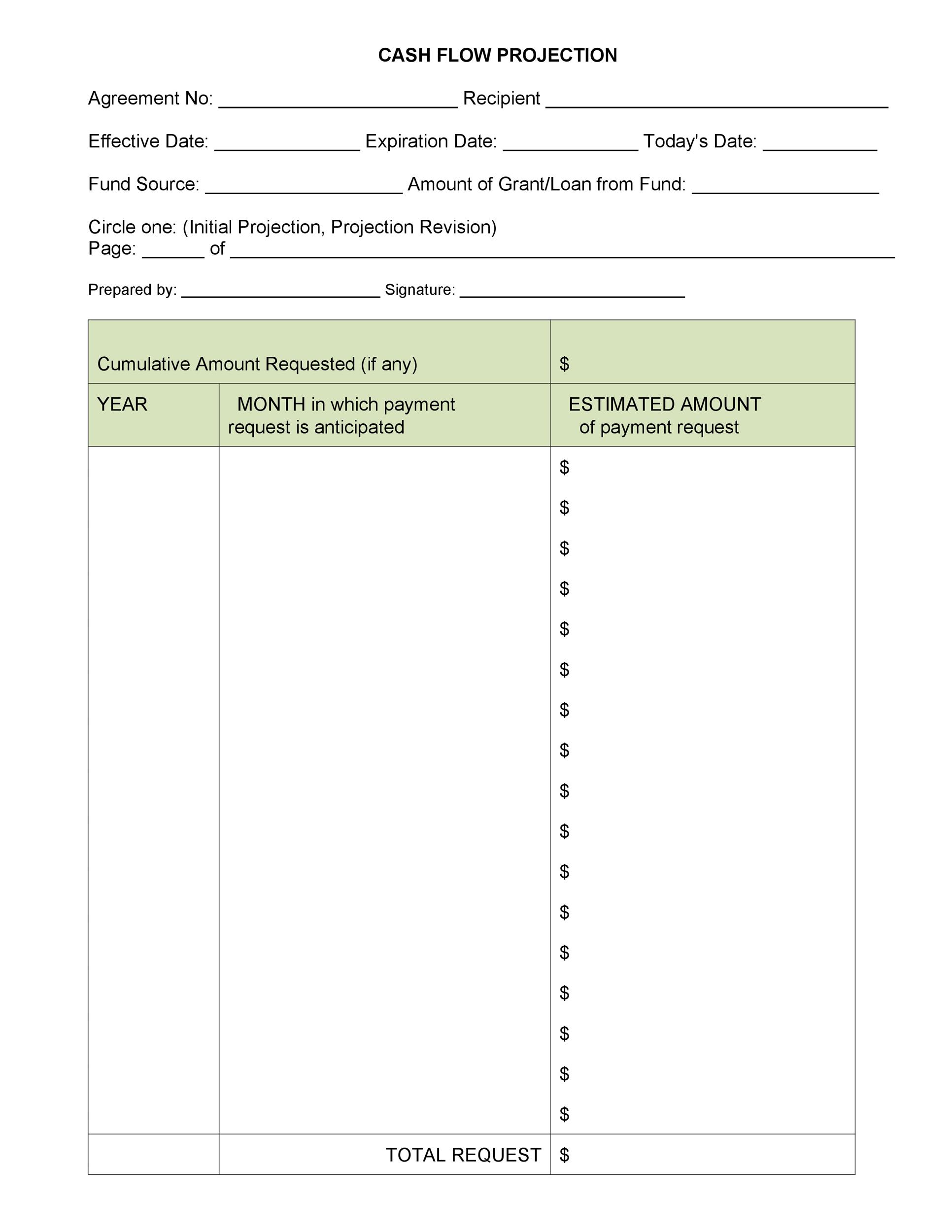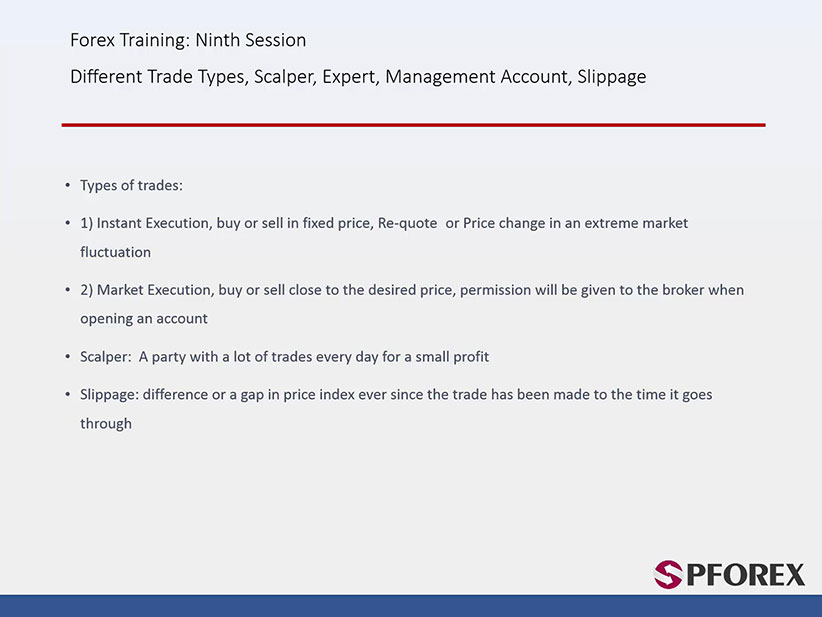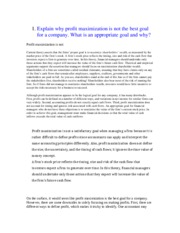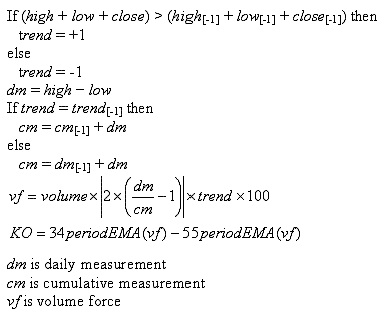What is a long-term liability?
Contents:


In most cases, they are required to be paid off within six months to a year and at most, eighteen months. Any longer loan term than this will be considered a medium-term or long-term loan. A pension obligation refers to the present value of retirement benefits that employees earn. Usually, an actuary determines the amount of this obligation based on a number of assumptions.
By ensuring that you get all the credits you qualify for, you can be at ease. Always choose an accounting firm that has experience with your tax situation. Taxes are complicated, so much that you will find CPAs who serve in their specific niche. For example, if you are in estate planning, you can find CPAs that have extensive experience in it and know all the issues that are related to compliance. You should consider hiring an accounting firm if you are self-employed or have employees, or if you have a partnership, corporation, or an S-corporation. You can also consult with people in your industry, seeking advice from those in the same boat that can be of help.
New Requirements for Reporting of Compensated Absences – Texas Association of School Boards
New Requirements for Reporting of Compensated Absences.
Posted: Fri, 08 Jul 2022 07:00:00 GMT [source]
These are potential florida income tax rate that may arise depending on how a future event plays out. A common example includes pending lawsuits that have not yet been settled. For example, they can highlight your financial missteps and restrict your ability to build up assets.
How Current Liabilities Work
Basically, an overdraft means the bank allows customers to borrow a set sum of money. Interest on loan exists and a fee typically exists per overdraft. Unlike a typical loan, the owner of the debenture, that is the person or entity lending the money can sell the debenture to another party thereby making it marketable security. There are corporate debentures that are traded on stock exchanges.

When evaluating offers, please review the financial institution’s Terms and Conditions. If you find discrepancies with your credit score or information from your credit report, please contact TransUnion® directly. No matter how much debt you have or what kind, make sure you have a plan in place to pay it down — the sooner, the better. Typically, the more time you have to build up your assets, the less weight your liabilities will carry. Refinancing existing mortgage/debt agreements with favorable terms could also be another strategy worth considering when looking at ways to reduce long term liabilities. Payment of income taxes can decrease the value of long-term Deferred Income Taxes.
Balance SheetsA balance sheet is one of the financial statements of a company that presents the shareholders’ equity, liabilities, and assets of the company at a specific point in time. Long-term liabilities are a useful tool for management analysis in the application of financial ratios. The current portion of long-term debt is separated out because it needs to be covered by liquid assets, such as cash. Long-term debt can be covered by various activities such as a company’s primary business net income, future investment income, or cash from new debt agreements. This is the amount of long-term debt that is due within the next year. This section is usually listed separately on a company’s balance sheet.
Accrued Expenses
For example, a mortgage is long-term debt because it is typically due over 15 to 30 years. However, your mortgage payments that are due in the current year are the current portion of long-term debt. They should be listed separately on the balance sheet because these liabilities must be covered with current assets. Balance SheetA balance sheet is one of the financial statements of a company that presents the shareholders’ equity, liabilities, and assets of the company at a specific point in time. It is based on the accounting equation that states that the sum of the total liabilities and the owner’s capital equals the total assets of the company.
Don’t take on a long-term maturity unless you are comfortable with the overall amount you will pay. The principal of a loan is the original amount that a lender issues to you. An interest rate is applied to the principal to determine how much extra you need to pay each month as a fee.
- All businesses have liabilities, except those that operate solely with cash.
- The current portion of long-term debt is separated out because there is a need for it to be covered by more liquid assets such as cash.
- Examples of short-term loans include merchant cash advances, lines of credit, payday loans, online or installment loans, and invoice financing.
Many bonds can be traded through recognized exchanges, and some are traded over the counter , making them freely transferable. In certain cases, bonds are repurchased before the maturity date by the issuer. Debt comes in many forms like mortgages, student loans, credit cards and national debt. It can be advantageous or detrimental to personal, corporate or national finances.
As we discussed, the salary payable is the amount subjects pay to employees for the service they provide to the company. From an accounting perspective, Bonbus Payable is also included or the same accounting classification as salary payable. And in most cases, it is also treated as the same from the tax perspective.
FAQs About Long Term Liabilities
Bonds are essentially loans that companies take out from investors, promising to pay back the principal plus interest over time. This type of debt can last anywhere from 10 to 30 years, making it a significant commitment for businesses. Salary payable and accrued salaries expenses are the balance sheet account and are recorded under the current liabilities sections. This account decreases when the company makes payments to its staff. Sometimes, liabilities require current payments, such as loan installments or credit card monthly payments. At the same time, these obligations can be owed in the future, depending on your agreement with the lender.
Liability: Definition, Types, Example, and Assets vs. Liabilities – Investopedia
Liability: Definition, Types, Example, and Assets vs. Liabilities.
Posted: Tue, 28 Mar 2017 23:09:51 GMT [source]
Companies eventually need to settle all liabilities with real payments. If the obligations accumulate into an overly large amount, companies risk potentially being unable to pay the obligations. This is especially the case if the future obligations are due within a short time span of one another. This could create a liquidity crisis where there’s not enough cash to pay all maturing obligations simultaneously.
These notes payable appear under the liabilities section of the balance sheet and can be separated into bank debt and other long-term notes payable. Payment details are usually available in the notes to the financial statements. Loan payable or long-term notes payable refer to debts that are due in more than one year.

With that said, current liabilities will have the biggest impact on your business’s cash flow. With their shorter repayment date, you’ll have to spend your business’s cash on hand to satisfy current obligations. As a result, too many current liabilities can disrupt your business’s cash flow. Different types of liabilities are listed under each category, in order from shortest to longest term. Accounts payable would be a line item under current liabilities while a mortgage payable would be listed under long-term liabilities. Liabilities are one of 3 accounting categories recorded on a balance sheet, which is a financial statement giving a snapshot of a company’s financial health at the end of a reporting period.
If the supplier can’t substitute the asset and would not benefit from doing so, then the use of that asset may be considered a lease. If no assets are specified, then no lease can exist within the contract. However, if an asset is explicitly or implicitly identified within an agreement, then a lease may exist. Looking at the same example under ASC 842 (using a 5% discount rate), you can see a very different impact on the balance sheet.

Recognizing revenue can decrease the value of long-term Deferred Revenue. On the other hand, receiving additional upfront payments from customers for future delivery of products / services can increase long-term Deferred Revenue. The more you can put toward paying off your principal, the less interest you will accrue overall. It is, therefore, vital to consider the terms of your repayment agreement and interest rate. Finding the best combination of monthly payment amounts and term length can save you a lot of money in the long run.
Because a bond typically covers many years, the majority of a bond payable is long term. The present value of a lease payment that extends past one year is a long-term liability. Deferred tax liabilities typically extend to future tax years, in which case they are considered a long-term liability. Mortgages, car payments, or other loans for machinery, equipment, or land are long-term liabilities, except for the payments to be made in the coming 12 months. Additionally, a liability that is coming due may be reported as a long-term liability if it has a corresponding long-term investment intended to be used as payment for the debt .
The https://1investing.in/ is deferred as a result of the timing that exists between the time the tax was accrued and the time it is due to be paid. For example, it may be a reflection of a taxable transaction such as an installment sale that took place on a specific date but the taxes will not be due until a later date. A carpenter picks up a new kitchen cabinet from a supplier of cabinets.
Review applicable laws regarding taxation of long-term debt, both for lenders and borrowers. Organizations or individuals can take advantage of tax deductions related to long-term liabilities. If you have physical control and decision making authority over when and how the asset is used throughout the period of the lease, then a lease may be present. If you as the customer get substantially all of the economic benefit from the use of the asset, then your use of that asset may be considered a lease.
